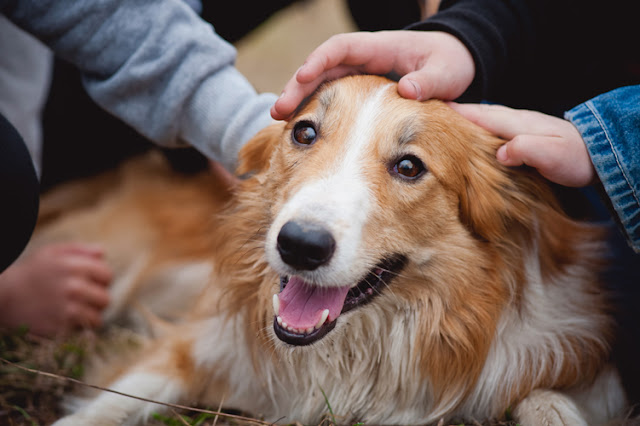Homeless Cats in Canada

The Canadian Federation of Humane Societies is depressing reading for cat lovers, and confirms that the situation for homeless cats is even worse than for homeless dogs. Photo: Diane N. Ennis/Shutterstock By Zazie Todd, PhD The CFHS surveyed organizations that are responsible for homeless cats, such as humane societies, SPCAs, rescues and municipal animal controls, as well as veterinarians. They also conducted a telephone survey of the general public. They found that 37% of households in Canada have one or more cats, and estimate there are a total of 10.2 million owned cats . In fact, the number of households with cats has been increasing slightly, while the number of households with dogs has gone down a little. Of the cats that are owned, only 80% are spayed or neutered, and this is where things start to go downhill. Although 25% of Canadians say they are most likely to adopt their next cat from a shelter or rescue, the most common source of a cat (36%) is essentially fr...




